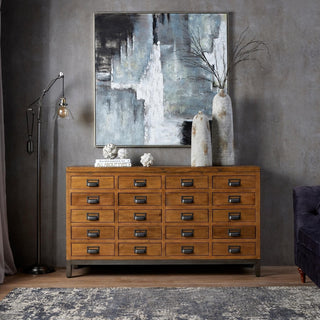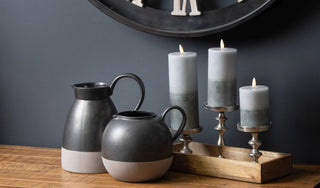When it comes to choosing a rug, design and size are often the first considerations. However, the material of the rug plays an equally, if not more, important role. It affects the texture, durability, feel, and, of course, the price. Dive into this guide to better understand the various rug materials available and make an informed decision for your space.
1. Wool:
- Pros: Wool is a natural fibre known for its durability, softness, and natural resistance to stains and dirt. It's plush underfoot and can maintain its appearance over time.
- Cons: Some wool rugs may shed initially, and they can be on the pricier side.
2. Cotton:
- Pros: Cotton rugs, often found in flat-weave designs like dhurries and kilims, are generally more affordable and can be machine-washed.
- Cons: They may wear out faster than wool and aren't as plush underfoot.
3. Silk:
- Pros: Silk rugs boast a luxurious sheen, intricate detail, and soft feel. They can be used to create finer details in high-end rugs.
- Cons: They're delicate and best suited for low-traffic areas. Additionally, silk rugs tend to be more expensive.
4. Synthetic (Polyester, Nylon, Polypropylene):
- Pros: These rugs are budget-friendly and can mimic the look and feel of natural fibres. They're also durable and often stain-resistant.
- Cons: They might not feel as luxurious as natural fibres, and some may not be as eco-friendly.
5. Jute and Sisal
- Pros: Jute and Sisal Rugs are made from natural fibres and offer a rugged, earthy appearance. They're durable and great for casual settings.
- Cons: They can be rougher underfoot and can stain more easily than other materials.
6. Bamboo:
- Pros: Bamboo rugs are eco-friendly, water-resistant, and offer a sleek, shiny appearance.
- Cons: They may not be as comfortable underfoot as some other materials and can be slippery.
7. Animal Hide (e.g., Cowhide or Sheepskin):
- Pros: These rugs offer a unique and natural look. They're durable and add a touch of luxury to any space.
- Cons: They require more specific care and might not be suitable for everyone due to ethical considerations.
8. Chenille:
- Pros: Chenille is soft and has a velvety texture, making it perfect for bedroom areas or other cosy spaces.
- Cons: The soft fibres can flatten over time, so it's less suitable for high-traffic areas.
In Conclusion
Selecting the right rug material depends on where you intend to place the rug, your budget, and your aesthetic and tactile preferences. Whether you opt for the lush softness of wool, the sheen of silk, or the durability of synthetics, understanding the properties of each material ensures that your rug will not only enhance your space but also endure the test of time.





